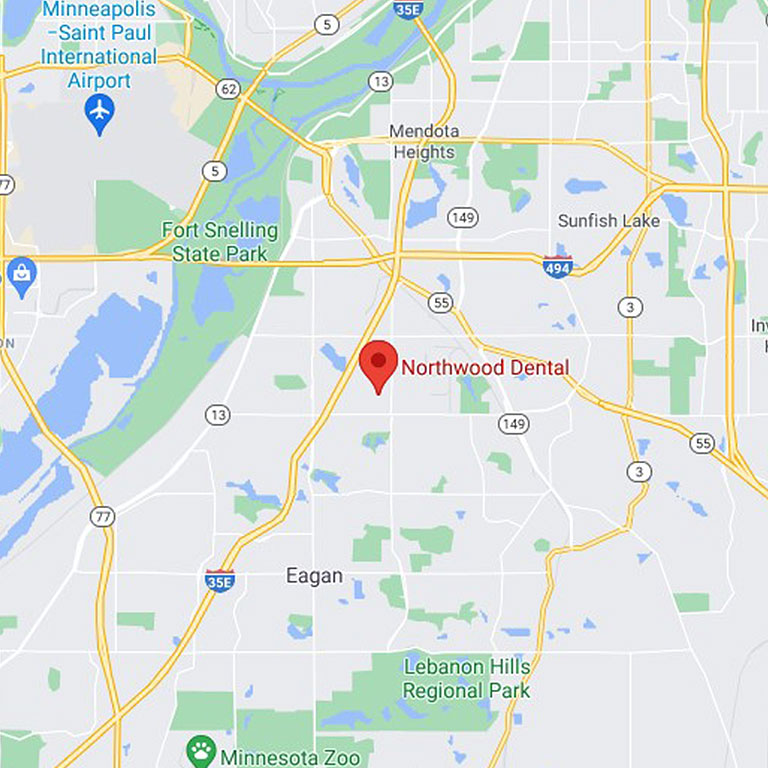What is Gingival Flap Surgery?

Gingival flap surgery is the procedure where the gums are separated from the teeth. Then, they get folded back temporarily to give the dentist access to the root and bone.
Why Do People Need This Surgery?
Gingival flap surgery is used mainly to treat patients with gum disease. It is recommended for those with moderate to advanced periodontitis. This is generally not done until after non-surgical treatments like scaling and root planing have been performed. It can be used in conjunction with osseous (bone) surgery.
How the Procedure is Performed
All tartar and plaque will be removed from the teeth. Then, the area will be numbed and the periodontist will use the scalpel to separate the gums from the teeth. They will get folded and lifted back into a flap.
Time is spent removing inflamed tissue from between the teeth. Scaling and root planning is performed to clean out any tartar and plaque. If there are bone defects, the periodontist eliminates them as well with osseous recontouring.
After the procedure, the gums are put back against the teeth and anchored with stitches. These will be removed a week to 10 days after surgery. You may notice some mild discomfort after the procedure is over. An over-the-counter pain reliever should take care of the soreness.
Aftercare
Follow these steps after the procedure for the best chance of healing:
• Keep the mouth clean
• Use an antimicrobial mouth rinse
• Apply an ice pack for swelling
• Take antibiotics as instructed
• Attend your follow-up appointment
Risks
All surgeries offer some form of risk. Here’s what could happen as a result of the gum surgery:
• Bleeding
• Swelling
• Infection
• Gums might recede over time
• Sensitivity to temperature
• Cavities can develop in the roots
There might be times when you need to contact the periodontist for further consultation. Be sure that if you notice any major bleeding or pain that will not subside that you contact your Eagan, MN dentist. It could be the sign of an infection starting. It is always best to proceed with caution than to face further pain and complications later.







Leave a Reply
Want to join the discussion?Feel free to contribute!